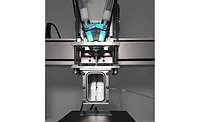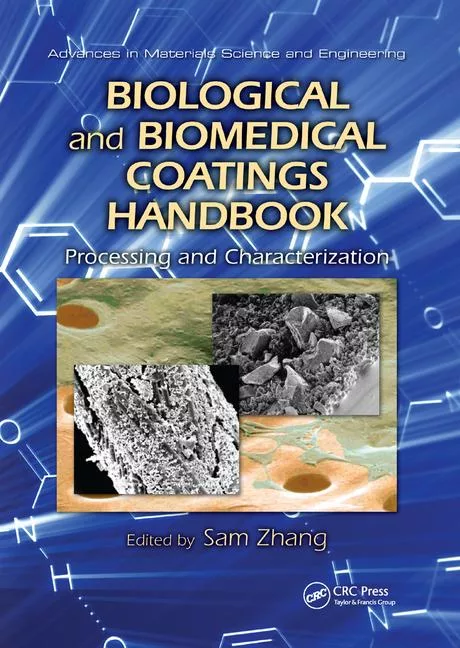Valves Benefit Vacuum Potting System
The Mark III Command Valve, manufactured by Norgren - KIP Fluid Controls, Farmington, CT, is a proportional valve used to provide Smart Waste Gate control in the Dodge Ram Diesel turbocharger. In this application, it is subject to extreme temperatures, vibration and moisture.
Void-free potting is important to maintain the integrity of the valve coil when exposed to moisture. Voids in the potting material provide a direct path for ingression of moisture, which would in turn cause premature failure of the valve's coil.
With the valve mounted directly on the turbocharger on the truck engine, the epoxy would need to survive at high temperatures and provide adequate heat dissipation. At the same time, due to the constraints of the valve body design, the material needed to be as free-flowing as possible to completely penetrate the coil and related components.
A two-part, heat-cure epoxy from MERECO Technologies, East Warwick, RI, was selected. It had the characteristics to meet the temperature extremes, vibration, thermal conductivity and wet-out properties.
The dispense equipment requirements included an automatic, accurate, continuously operating meter-mix system to dispense a precise and variable amount of potting material into the valve at different vacuum levels. Working with KIP, Ashby Cross designed an automatic vacuum potting system to automatically encapsulate the valve. The system is composed of six basic functions: feed system; metering; controls; mix/dispense; vacuum chamber; and heating.
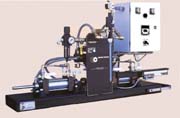
Several factors in this application made it necessary to degas, agitate and heat the material. Heating is needed to reduce the viscosity, which assists in degassing and also reduces the time to penetrate the valve, thereby increasing throughput. Vacuum is needed, as any entrained air in the material would defeat the purpose of dispensing into a vacuum. For this application, vacuum tanks with heaters and electric motor-driven agitators were provided. Agitation assists in the degassing process as well as provides a uniform material temperature. In this case, it also keeps the fillers in suspension.
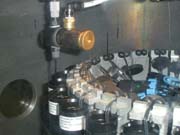
The Ashby Cross 2500 Double Acting meter mix system was chosen for this project. This system provided the needed double-acting (continuous) output and would work well with the wide ratio and significantly different material viscosities. Hardened cylinders designed for abrasive materials ensured longevity.
Once proportioned in the cylinders, the material moves to the heated mix/dispense head. The static mixer is housed in a shroud that penetrates the vacuum chamber. At this point, the temperature is elevated to the final design point for pouring into the valve. By dispensing in a vacuum, elements within the valve, such as the electric coil, had no entrained air, providing for 100% penetration.
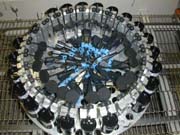
Testing indicated that degassed and heated material and a preheated valve provided optimum potting. However, testing also indicated that at least two different pours at two different vacuum levels would be necessary to completely penetrate the components.
The system was programmed to pump down to 150 Torr and begin dispensing once that level was achieved. After the initial pour, the chamber was vented to atmosphere and a final "top off" was done.
Complete penetration of the valve was achieved by sequencing the potting process. The first pour under vacuum ensured the valve and components were free of air. Following the first pour, the chamber is vented to atmosphere, causing the material to collapse into the valve body. A final top-off pour serves as a final seal and also brings the potting material to design level.
The automatic meter mix, dispense and vacuum system achieved the desired goals of reducing operator involvement, increasing production, reducing cost, and reducing defects. Overall, the system is used in a two-shift basis, producing 24 valves in less than 3 minutes.
For more information on meter mix equipment, contact Ashby Cross Co., 28 Parker St., Newburyport, MA 01950; phone (978) 463-0202; fax (978) 463-0505; or visit http://www.ashbycross.com .
Looking for a reprint of this article?
From high-res PDFs to custom plaques, order your copy today!



